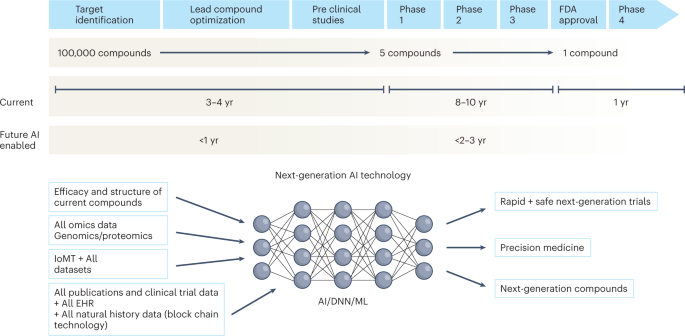
In the study published in PLoS Genetics researchers at Uppsala University, Swedish University of Agricultural Sciences, North Carolina State University and National Chung-Hsing University have investigated the genetic basis of fibromelanosis, a breed characteristic of the Chinese Silkie chicken. This trait involves a massive expansion of pigment cells that not only makes the skin and comb black but also causes black internal organs. Chickens similar in appearance to the Silkie were described by Marco Polo when he visited China in the 13th century and Silkie chickens have a long history in Chinese cuisine and traditional Chinese medicine.
 archeologynewsnetwork | The domestication of chickens has given rise to rapid and extensive changes in genome function. A research team at Linköping University in Sweden has established that the changes are heritable, although they do not affect the DNA structure.
archeologynewsnetwork | The domestication of chickens has given rise to rapid and extensive changes in genome function. A research team at Linköping University in Sweden has established that the changes are heritable, although they do not affect the DNA structure.Humans kept Red Junglefowl as livestock about 8000 years ago. Evolutionarily speaking, the sudden emergence of an enormous variety of domestic fowl of different colours, shapes and sizes has occurred in record time. The traditional Darwinian explanation is that over thousands of years, people have bred properties that have arisen through random, spontaneous mutations in the chickens' genes.
Linköping zoologists, with Daniel Nätt and Per Jensen at the forefront, demonstrate in their study that so-called epigenetic factors play a greater role than previously thought. The study was published in the high-ranking journal BMC Genomics.
 archeologynewsnetwork | Dr Alice Storey, an archaeologist at the University of New England, is tracing the global migration routes of domestic chickens back through thousands of years towards their origins in the jungles of South-east Asia.
archeologynewsnetwork | Dr Alice Storey, an archaeologist at the University of New England, is tracing the global migration routes of domestic chickens back through thousands of years towards their origins in the jungles of South-east Asia.In doing so, Dr Storey is pioneering the use of DNA from ancient chicken bones recovered from well-dated archaeological sites around the world. This is enabling her to add a fourth dimension – that of time – to an emerging “map” of chicken dispersal. One of the ultimate goals of such research is identifying the original Asian centres of jungle fowl domestication.
“All of our domestic chickens are descended from a few hens that I like to think of as the ‘great, great grandmothers’ of the chicken world,” Dr Storey said.
Biological, linguistic, historical and archaeological data have all contributed to an understanding that chickens accompanied human movements from their Asian homeland west through the Middle East to Europe and Africa, and east through the islands of South-east Asia and the Pacific.
Dr Storey’s analysis of ancient DNA is disentangling complications in this broad picture caused by interactions later than the original dispersal. “Only ancient DNA provides a unit of analysis with the chronological control necessary to reconstruct and disentangle the signals of initial dispersals from those of later interactions,” she said. Hers are the first published reports on the use of ancient DNA in this context.
A paper by Dr Storey and her colleagues, titled “Global dispersal of chickens in prehistory using ancient mitochondrial DNA signatures”, is published today in the online scientific journal PLoS ONE.





